When Apple's stock hits historic highs and crosses into $4 trillion territory, you know something significant is happening in Cupertino. The company has reached a milestone that felt out of reach just a few years back, becoming the third tech giant to reach this valuation alongside Nvidia and Microsoft. What is driving the surge? The latest iPhone lineup, which has outkicked expectations and reminded everyone why Apple's ecosystem still sticks. Apple's shares climbed 13% since the iPhone 17 and iPhone Air launched on September 9, pushing the stock to record highs of $269.2 and turning what many considered a challenging year into a comeback. This move is more than hype, it signals Apple is navigating the AI transition while holding its premium position.
Why the iPhone 17 lineup is driving unprecedented demand
Here's what makes this iPhone release different: it is not just another incremental upgrade. Early iPhone 17 sales outperformed the previous generation by 14% in key markets like the US and China. The numbers tell the story, the iPhone still accounts for over half of Apple's profit and revenue. No iPhone, no flywheel.
What stands out is how the ultra slim iPhone Air positions Apple against rivals. The new iPhone Air is expected to help Apple compete more effectively with Samsung Electronics. The base iPhone 17 model has shown particularly strong performance in China, while premium models are performing well in the US market. Right product, right place.
The strategic play is the iPhone Air's slot in the lineup, it fills the gap left by the discontinued Plus models while offering something genuinely new, the thinnest iPhone ever made with all day battery life. That creates a sweet middle ground between the standard iPhone and the Pro models, pulling in users who want premium design without paying Pro prices. A masterstroke that goes straight at Samsung's Galaxy S while widening Apple's addressable market.
How Apple's AI strategy is finally paying dividends
Here is the twist many missed: Apple's measured approach to AI is turning into an advantage. While competitors rushed to cloud first solutions, Apple's cautious AI approach had previously raised investor concerns about missing industry growth opportunities. Strong iPhone sales now suggest consumers value privacy focused, on device processing over flashier, more invasive options.
The integration worries that spooked investors are settling into strengths. Apple was slow to roll out its Apple Intelligence suite, including ChatGPT integration, and that slower cadence has delivered more polished implementations. An AI upgrade to Siri has been delayed until next year, and investors increasingly read that as Apple choosing to get it right, not just first.
The payoff shows up in everyday use. On device processing means features work without internet connectivity and without sending personal data to remote servers, two advantages that matter more to consumers than many predicted. It also avoids the latency that plagues cloud first AI, so the experience feels smoother, and it supports premium pricing.
There is a caveat. Recent reports indicate the company is losing senior AI executives to Meta, a potential long term headache. Even so, sales momentum suggests a privacy first AI message resonates with buyers who prize data security and seamless integration over cutting edge features that may compromise personal information.
What this $4 trillion milestone really means for Apple's ecosystem
Bottom line, this is not just a big number, it is validation of Apple's ecosystem strategy. Apple now joins Nvidia and Microsoft in the exclusive $4 trillion club, though Nvidia still leads with a market value exceeding $4.5 trillion. The timing matters too, Microsoft recently reclaimed its $4 trillion status following a new OpenAI deal.
Apple reported its strongest quarterly results in years during the April-June period with double-digit growth across key segments, which set the stage for this valuation. The ecosystem effect is visible, iPhone users tend to be loyal and often purchase interconnected Apple products, so revenue compounds over time.
Services make that flywheel hum. Apple increasingly relies on software and subscriptions for sales growth, which generate higher-margin, recurring revenue. Recurring income smooths out cycles and helps justify premium valuations even as hardware growth moderates.
PRO TIP: Watch the conversion from a hardware sale to a services relationship. Each iPhone 17 is not just a one time purchase, it can be a decade long services customer paying for subscriptions, apps, and the lock in that keeps everything clicking together. That conversion is how Apple looks less like a hardware vendor and more like a services powerhouse.
The road ahead: sustaining momentum beyond the milestone
Keep an eye on what comes next, the company is expected to announce fourth-quarter results on October 30, a clean read on whether momentum holds. Analysts expect solid growth in both earnings and sales, driven by steady iPhone demand and the company's ongoing AI push, with Wall Street projecting an 8.5% year-over-year increase in adjusted earnings to $1.78 per share.
Valuation is the rub. Apple shares currently trade at 33.2 times projected earnings for the next 12 months, higher than the Nasdaq 100's 27.42 multiple. That is a premium for execution. Apple has consistently exceeded Wall Street expectations for eight consecutive quarters, which gives investors some cover.
Context matters here. The surge in iPhone sales has helped offset concerns about Apple's slower AI progress, a reminder that great execution and user experience often beat first mover flash. As Apple builds out AI and sticks to a privacy first posture, this $4 trillion marker reads less like a victory lap and more like proof that measured innovation, plus tight ecosystem integration, can still win in a crowded market.
The takeaway, Apple just pulled off what many thought impossible in a saturated smartphone world, drive meaningful unit growth while expanding margins through services attachment. This dual engine approach to value creation, hardware innovation that expands the ecosystem, suggests the $4 trillion valuation may be less a peak and more a new baseline for a company that keeps redrawing the borders of consumer tech.







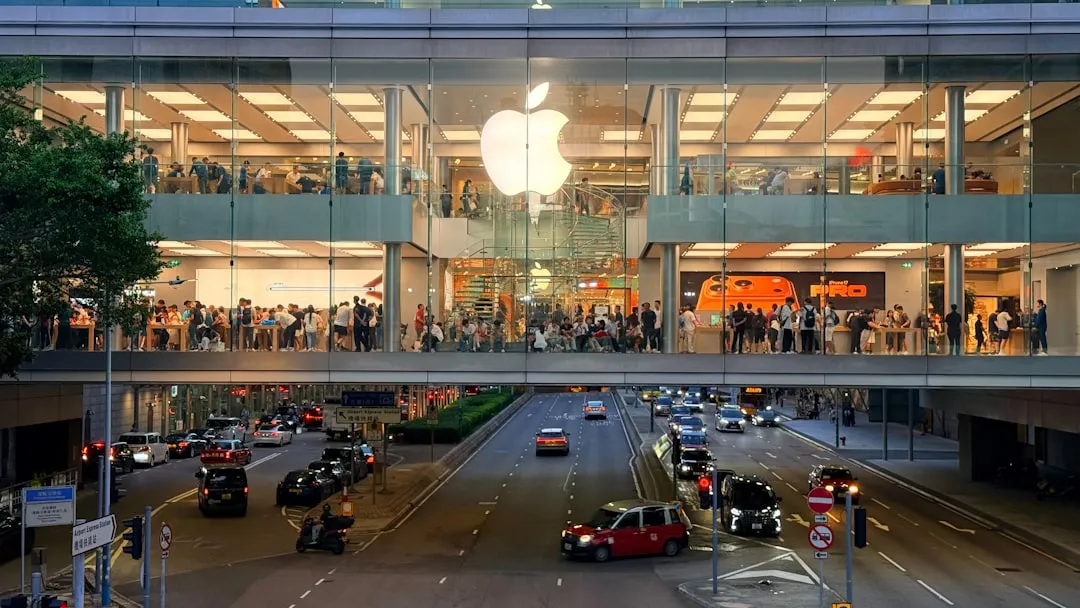
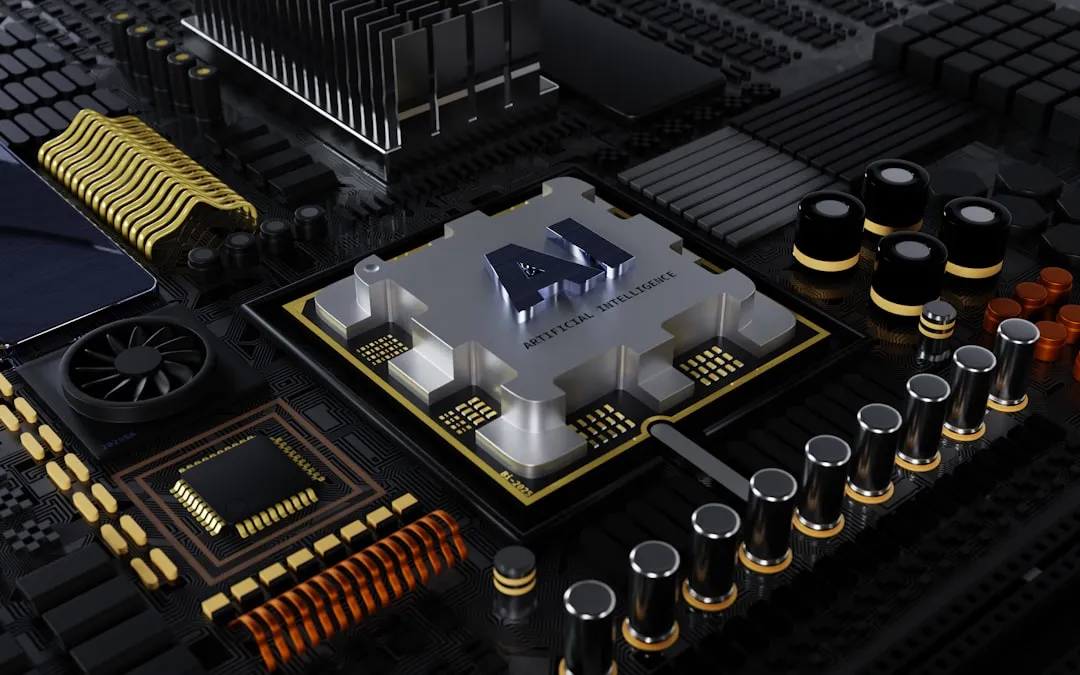
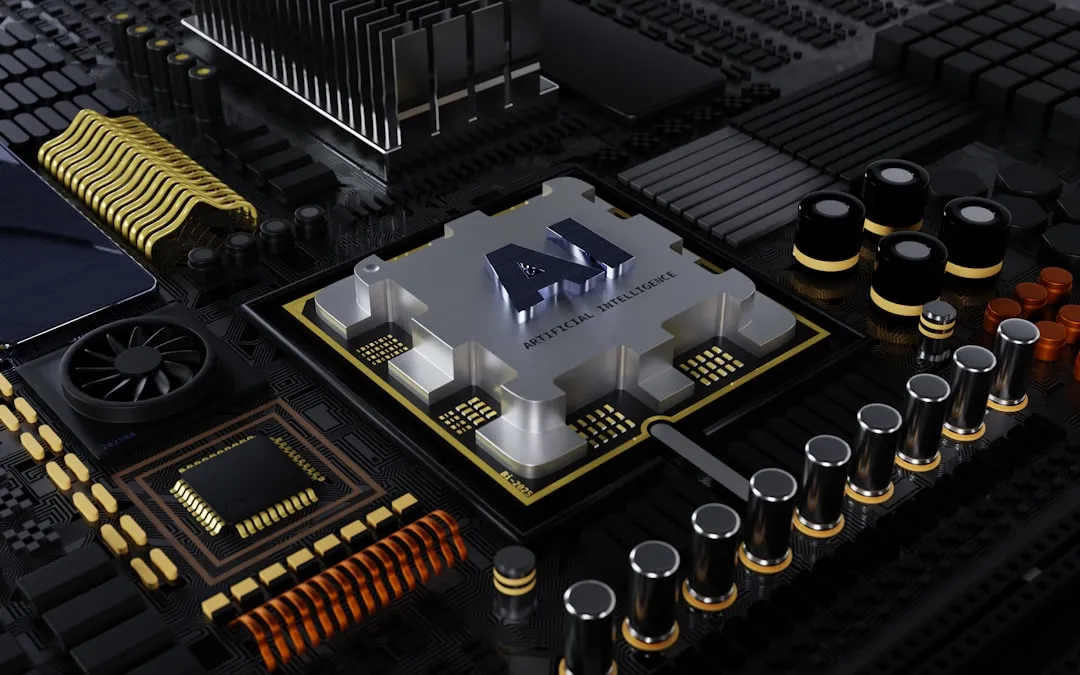
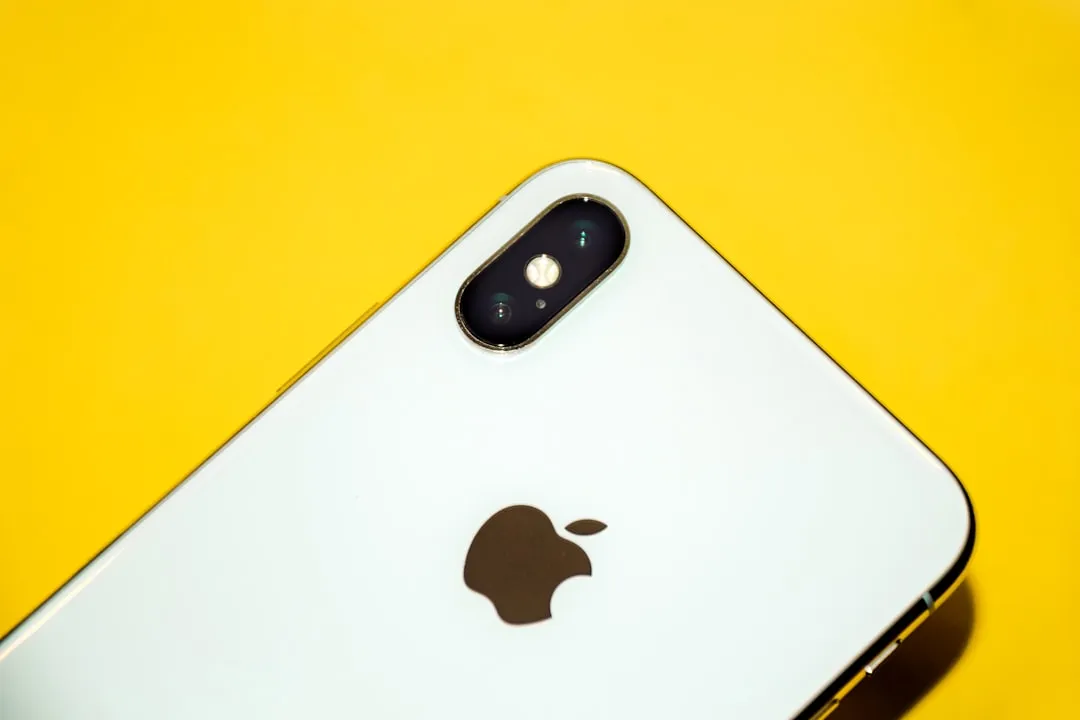

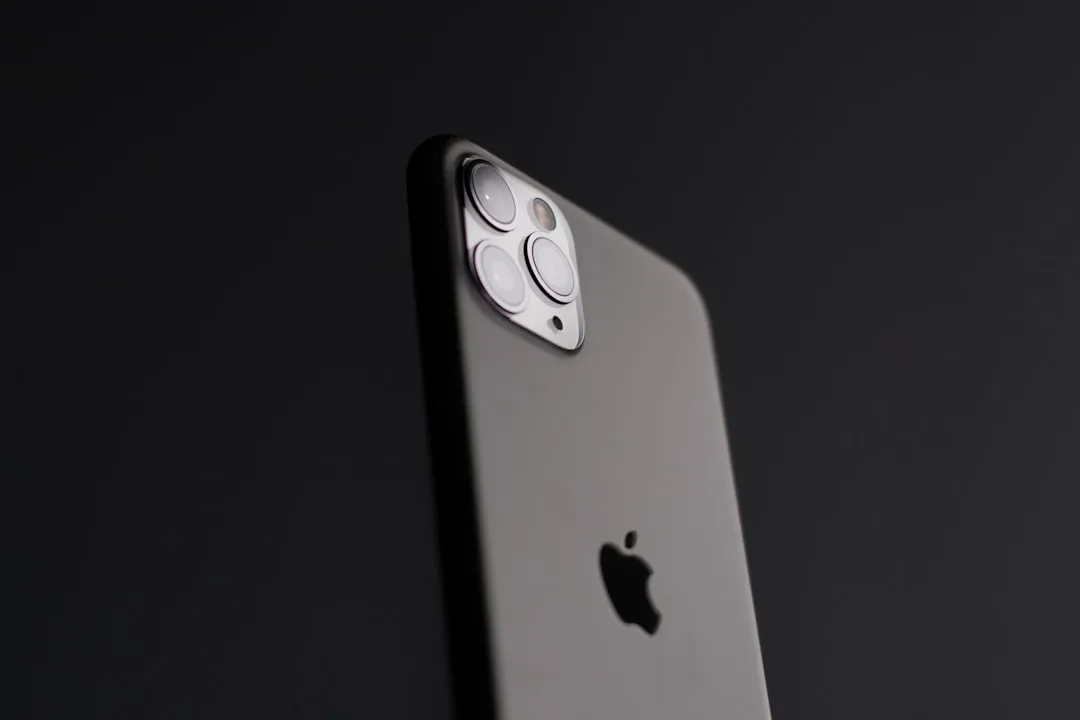


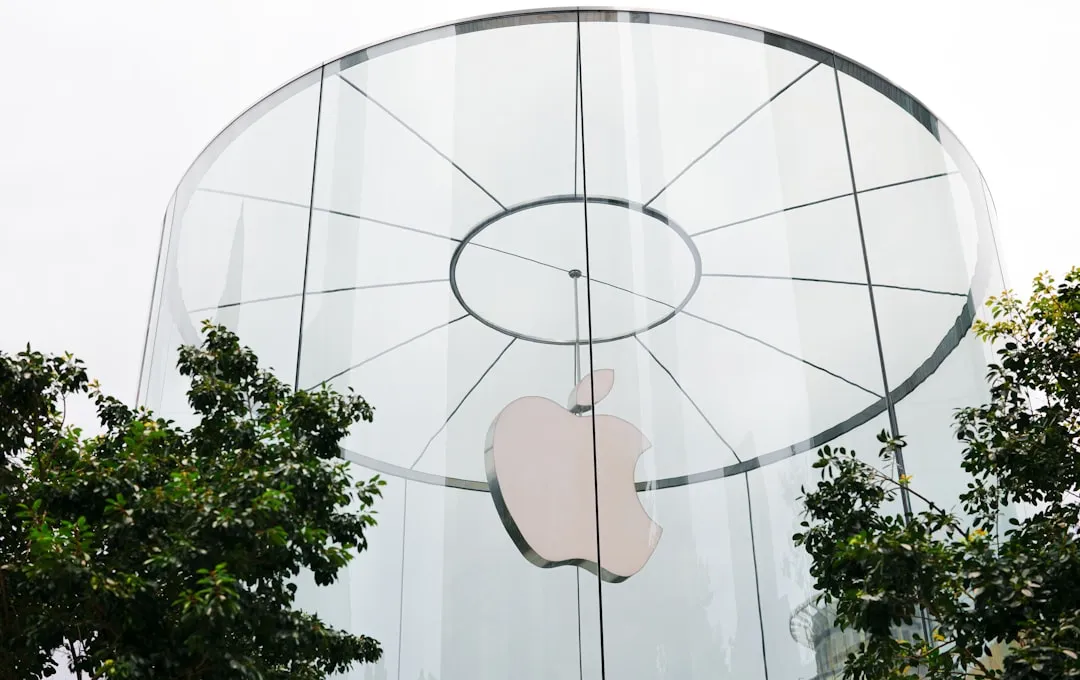
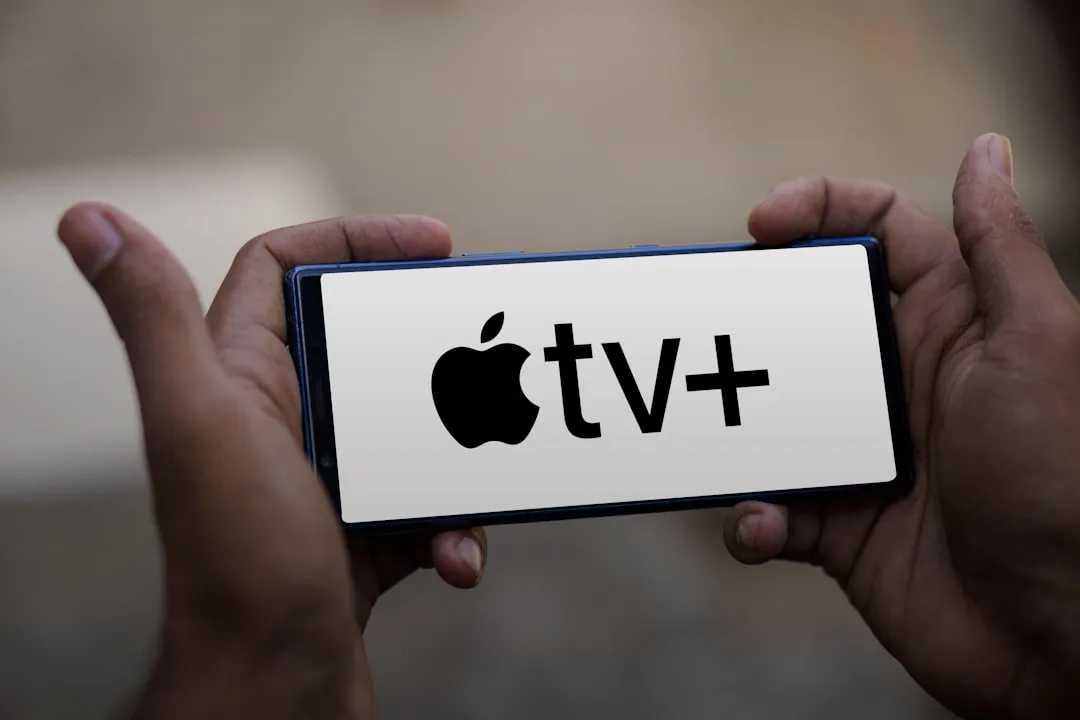
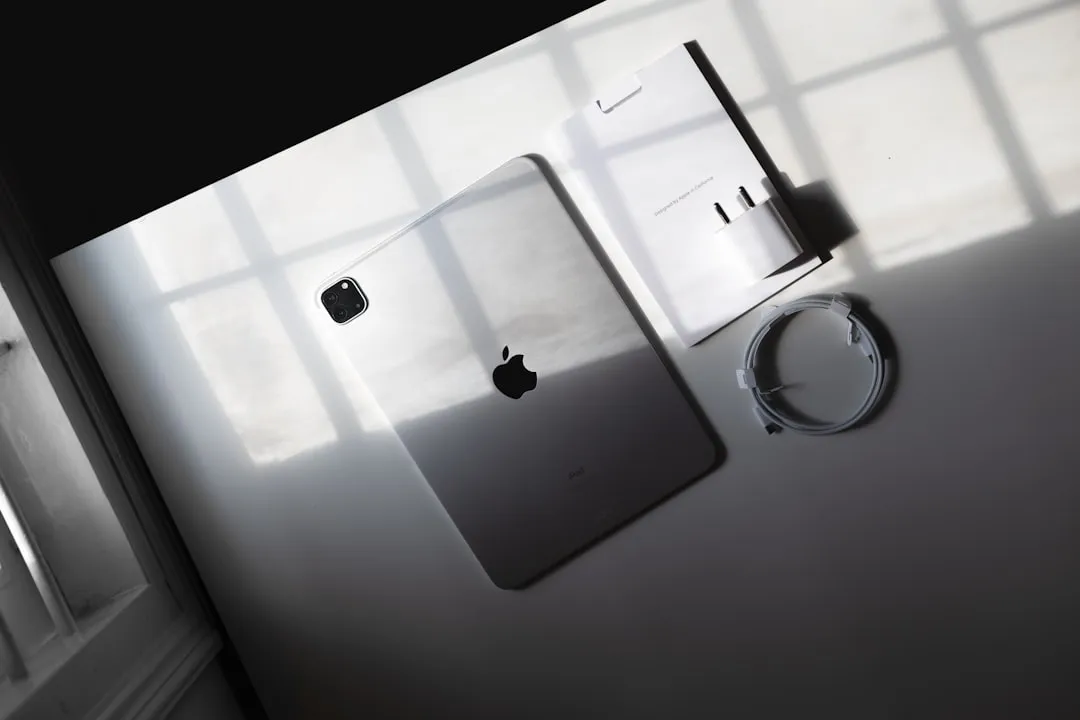

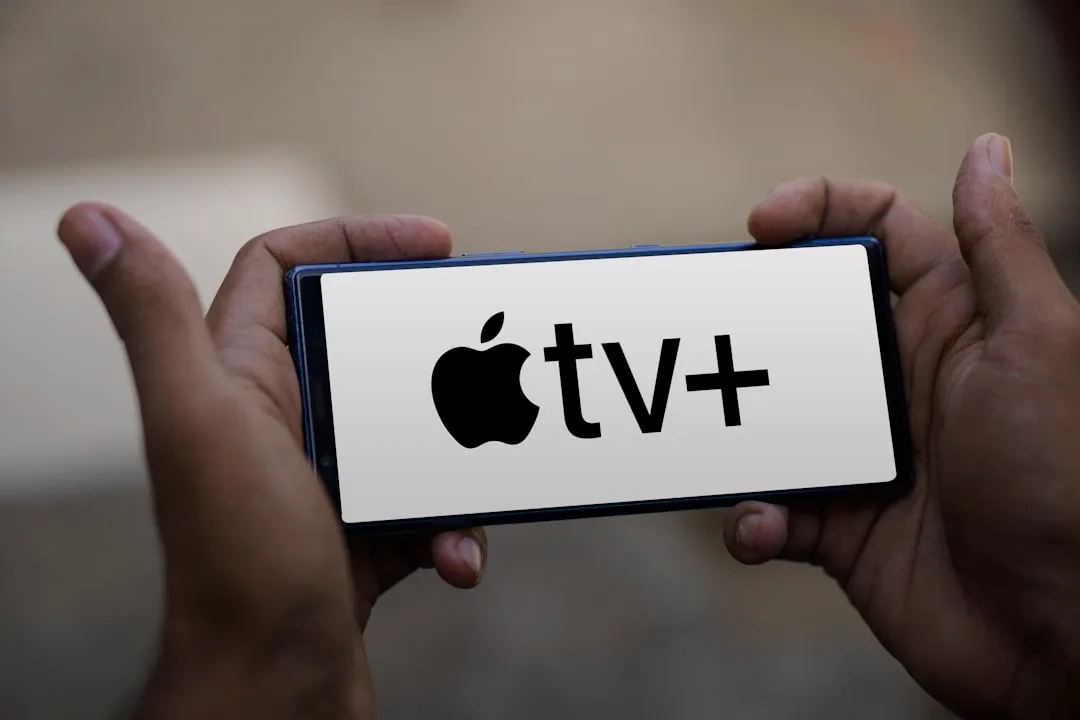

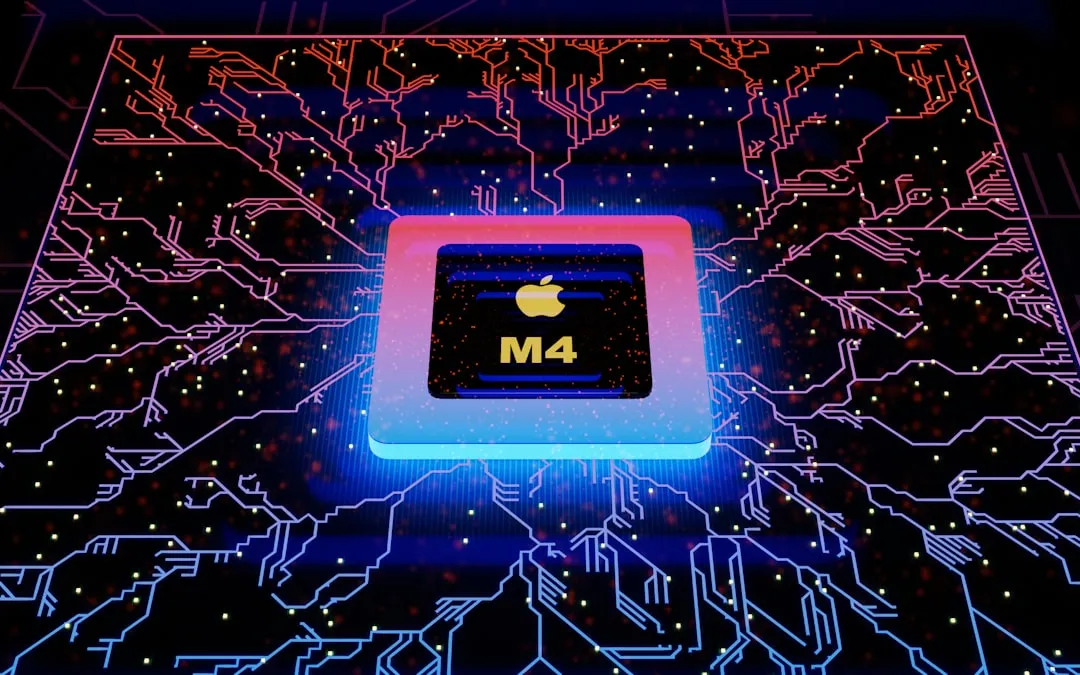
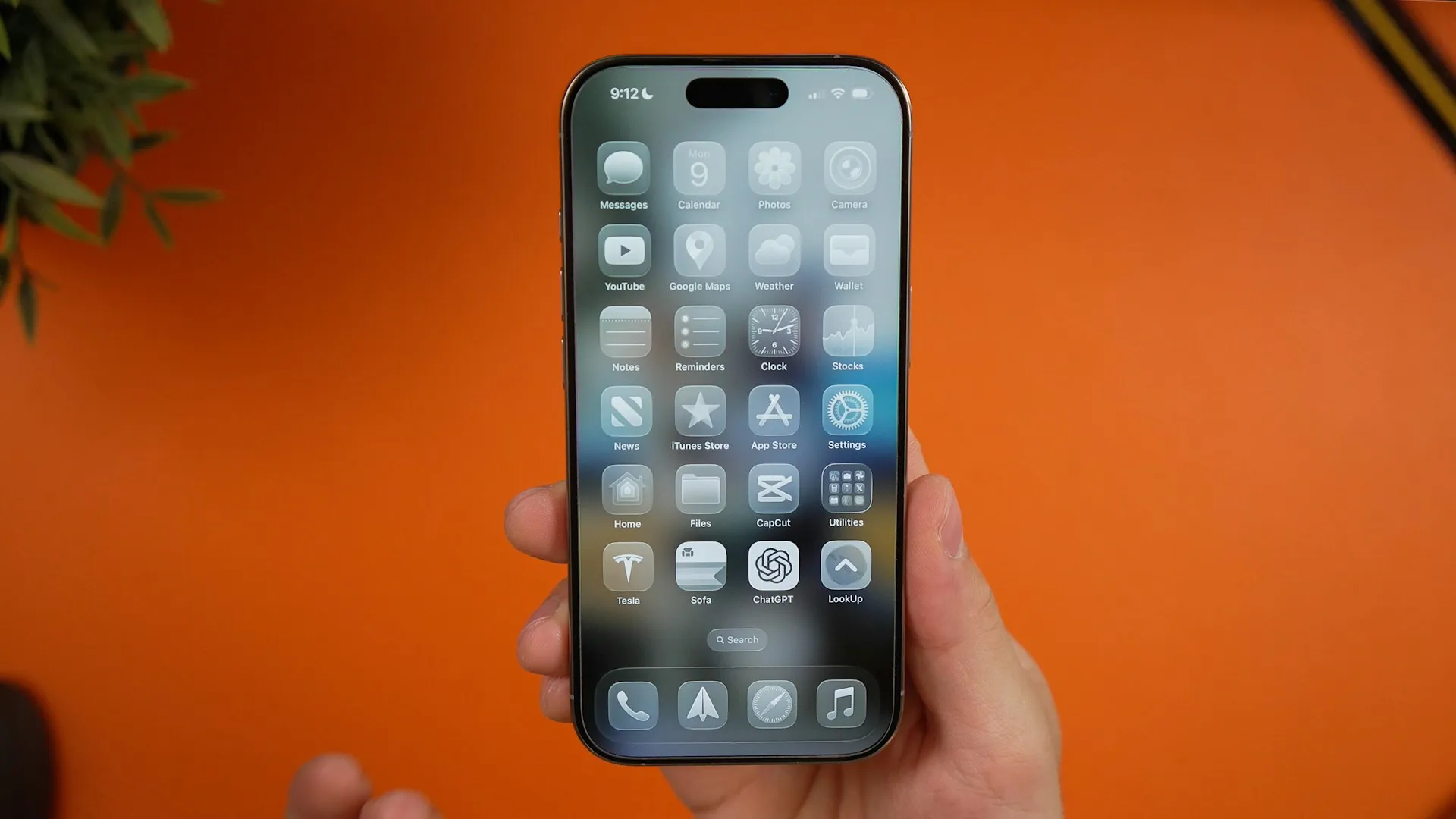

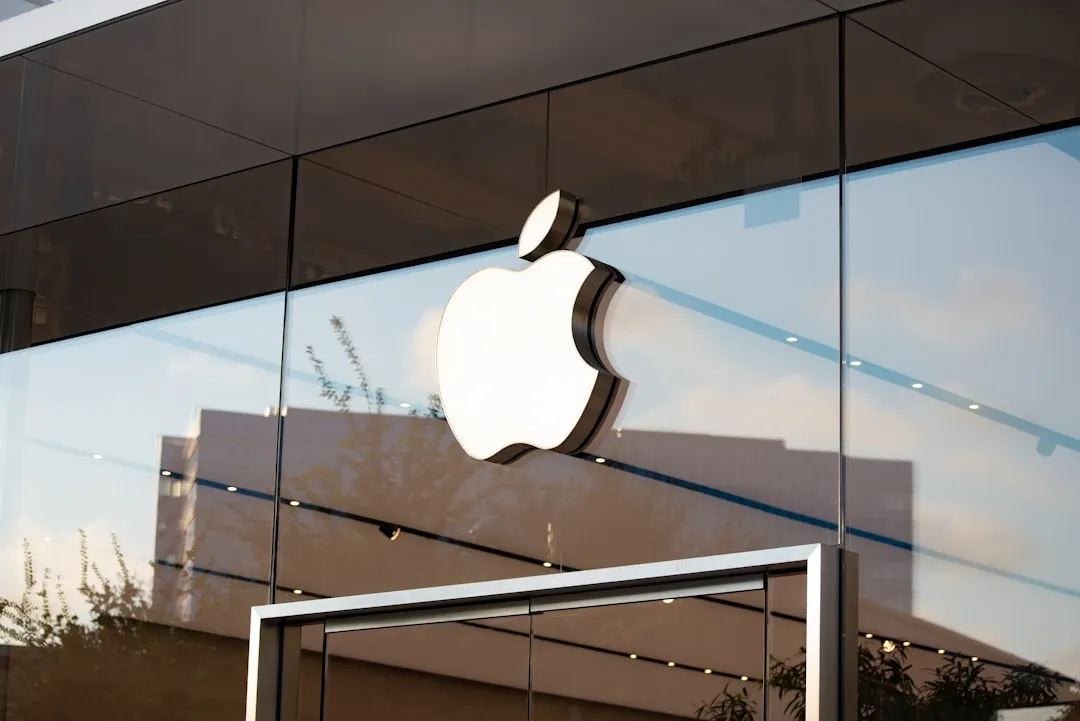



Comments
Be the first, drop a comment!